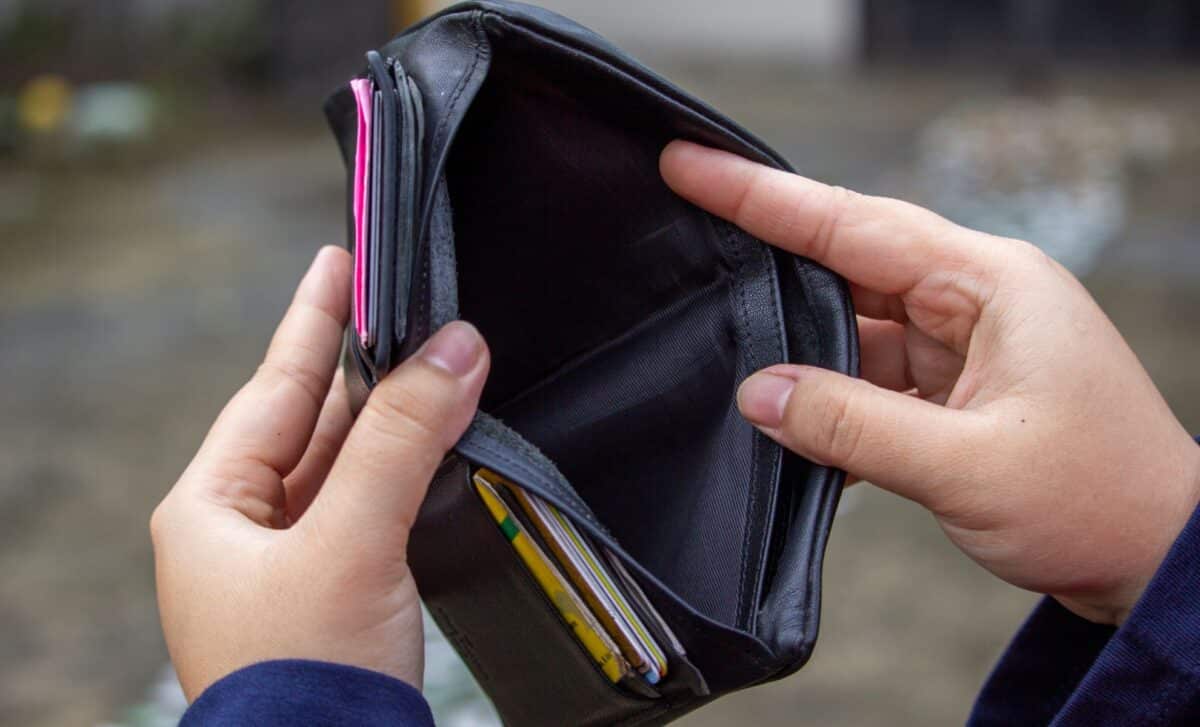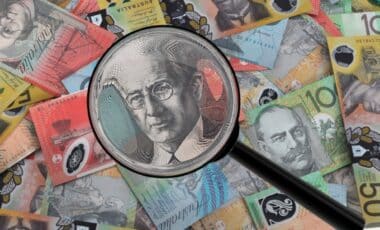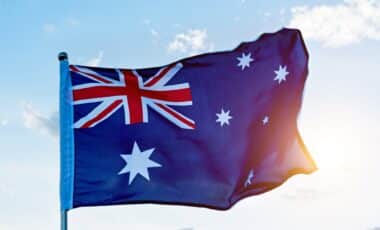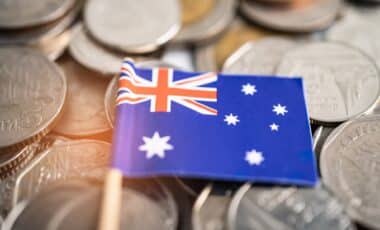Australia’s real per capita household consumption has declined for the eighth straight quarter, signalling the country’s longest consumer recession in decades. New ABS figures show households are prioritising savings over spending, even after tax relief measures.
Economic indicators for Q1 2025 confirm that Australian consumers remain under financial strain, with spending volumes stagnating and real incomes sharply down from their 2022 peak. Despite tax cuts and moderating inflation, household caution prevails.
While headline growth in retail and nominal consumption may appear steady, the underlying data adjusted for inflation and population growth tells a different story.
According to the Australian Bureau of Statistics (ABS) and Commonwealth Bank of Australia (CBA), households continue to reduce discretionary expenditure, raising questions about the Reserve Bank of Australia’s (RBA) growth projections.
Consumption Stalls Despite Policy Support
Australia’s national accounts for Q4 2024 revealed a sustained downturn in real per capita household consumption, marking an 8% drop since mid-2022. This trend continued into early 2025, with the ABS’ Monthly Household Spending Indicator (MHSI) showing a 0.3% decline in nominal terms in March.
Over Q1 2025, nominal aggregate household spending rose just 1.0%, a slowdown from 1.6% in Q4 2024. In volume terms, household consumption remained flat, with a 0.4% fall on a per capita basis once adjusted for seasonal effects.
According to CBA senior economist Stephen Wu, annual growth in the MHSI has slipped to 0.9%, well below the previous quarter’s 2.3% rate. He noted this presents a “weaker-than-expected outcome” and introduces “downside risks to the RBA’s expectation for a sustained improvement in household consumption growth this year.”
Notably, the increase in disposable incomes stemming from the Stage 3 tax cuts, effective from July 2024, has not triggered higher consumer spending. Wu added that households are instead “making deliberate choices to save and pay down debt out of the tax cuts”
Retail Spending Reflects Ongoing Consumer Restraint
The latest retail sales data from the ABS support this narrative. While Q4 2024 saw a temporary uplift in spending driven by year-end promotional activity, Q1 2025 data suggests that much of this momentum was not carried forward. In real terms, retail spending was flat, with population-adjusted data showing a decline.
According to CBA economist Harry Ottley, the Q4 rebound was likely overstated by sales events, and the underlying consumer momentum entering 2025 remained weak. He noted that “internal spending data has since then continued to suggest that consumers are fairly cautious,” reinforcing that households are refraining from discretionary purchases.
Further analysis by Antipodean Macro’s Justin Fabo shows a consistent downward trend in real per capita retail spending since mid-2022. This contraction parallels the sharp fall in household incomes and suggests a structurally cautious consumer environment.
The persistence of this consumer recession highlights ongoing fragility in Australia’s domestic economy and may compel policymakers to reconsider the effectiveness of recent fiscal and monetary interventions.









